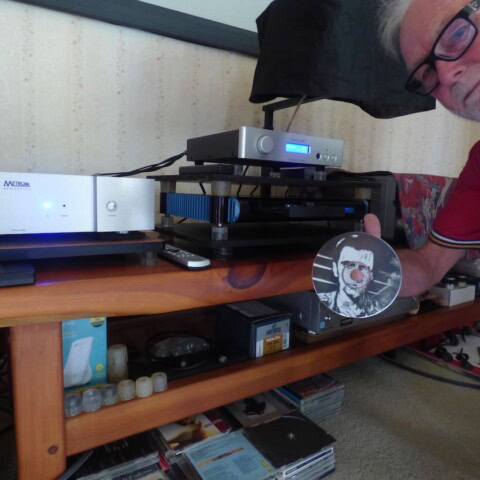
Every now and then, something genuinely daring would come along to wow the market, as happened with the iPhone and the iPad or a bunch of less resilient novelty items like tiny vidcams whose moment came and went in what seemed like about six months.
But mostly, it was more of the same, and better in small increments. That’s until game changers like smartphones and tablets came along to kill off whole categories like point and shoot cameras and laptops.
Lately, however, there seems to have been a real sea-change, and while Apple seems to have lost its revolutionary zeal a little since Jobs met his maker, the world of gadgetry seems to have been going a little crazy.
Look at the more well publicised items that came out of last week’s IFA tech fair in Berlin: not content with just an Ultra-screen, LG had to go one step further and introduce a curved screen (and one that happened to be both hi-def and 3D capable). In a category of pretty much lookalike products (a panel is a panel is a panel, after all), that’s radical.
 And then there are category mutations like Samsung’s watch that’s a virtual smartphone, or at least a handy conduit to your smartphone – but personally, I can’t think of even one reason I would ever a strap a watch to my wrist again. I mean, didn’t having time on your smartphone do away with the need for those things?
And then there are category mutations like Samsung’s watch that’s a virtual smartphone, or at least a handy conduit to your smartphone – but personally, I can’t think of even one reason I would ever a strap a watch to my wrist again. I mean, didn’t having time on your smartphone do away with the need for those things?Another odd category mutation is the Sony camera that looks more like a lens, and (again) can be paired with your smartphone to get a much better picture than you ever would on, um, a phone-type-device. (Bear in mind, however, that Apple are boasting of SLR-type goodness from its newest iPhone iteration, the 5S.)
It really does feel like things are moving along at a brisk pace, and perhaps that’s partly because of the creativity unleashed by the revolution in apps: proof, perhaps, that open source was always going to lead to an, um, brighter future. Maybe I’m getting older and that’s why the world seems to be speeding up (I’m told that’s a phenomenon of aging), but technologically speaking, the world of 2013 is vastly changed from that of the turn of the century just 13 years ago. Wouldn’t you agree? I mean, we barely knew about broadband, that outmoded carrier of moving pictures, the DVD, was still a fresh, exciting medium, and smartphones (or even colour screens and internet connections on cellphones) didn’t yet exist. Similarly, all MP3s sounded like shit, NZ didn’t have iTunes, and cars still had CD players rather than Bluetooth connections. Vastly different, on so many levels.
 But there’s always something back to the future about technology as well: think of the vinyl record comeback, and last week, the news the refurbished Kodak, back from the brink of bankruptcy, is making film stock again. Okay, it’s not going to be a core part of their business (which is apparently mostly about printing technology), but they reckon there’s still a (albeit dwindling at this point) market to service.
But there’s always something back to the future about technology as well: think of the vinyl record comeback, and last week, the news the refurbished Kodak, back from the brink of bankruptcy, is making film stock again. Okay, it’s not going to be a core part of their business (which is apparently mostly about printing technology), but they reckon there’s still a (albeit dwindling at this point) market to service.While the hi-fi is looking more rarefied by the hour in a world full of earbuds and fashionable headphones (see Clinton Dixon’s piece about that here), I would argue that genuine strides have been made over the past few years by audiophile companies to come to grips with the a new world: that is, one without traditional transport mechanisms. I can imagine the problems those traditional manufacturers have faced in colluding with the alien zone of IT geeks and dealing with certain immutable facts, including the likelihood that people won’t be able to resist the lure of streaming music or running music from their computers to their hi-fi systems.

It must have been weird for Dolby to note the cultural trend of the past decade of so (especially amongst hip-hop and electronic artists) to artificially add hiss and surface noise to recordings. But hopefully his Alzheimer’s prevented him from remembering this trend, or perhaps he was past caring, anyway. GARY STEEL















